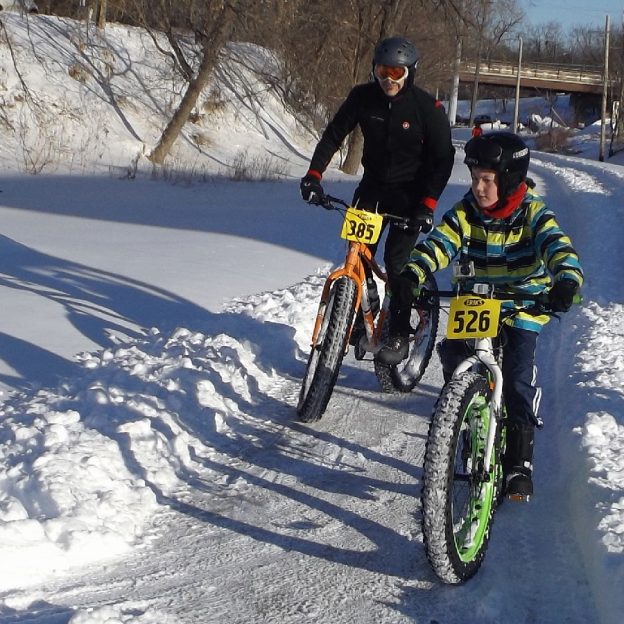Tag: goggles
-

Tips and tricks for riding in the cold weather of zero degrees
We at HaveFunBiking are nearly experts at riding in cold weather. Being from Minnesota, it’s a bit of a necessity to manage the cold. For most places in the country, cold means down near freezing, but what do you do when it feels colder than a stare from your ex-girlfriend? I’m talking super cold, like…

